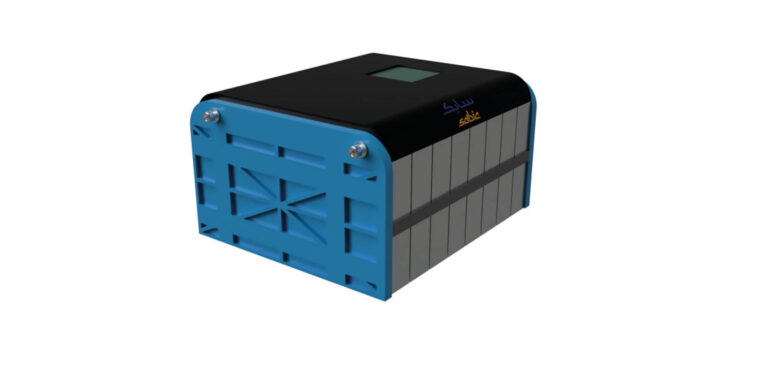Chemical company Sabic is launching two new grades of Noryl resin, NHP6011 and NHP6012, that it says support demand for lighter, thinner and more crash-resistant battery modules and housings.
The resins provide flame retardancy and impact strength to meet industry-related safety standards, as well as thin-wall molding capability to reduce weight and accommodate more cells. The resins feature proprietary polyphenylene ether (PPE)-copolymer technology and are the latest additions to Sabic’s growing NHP family of materials for mobility applications.
“Optimization of batteries is crucial to expanding adoption of electric vehicles and realizing the full sustainability benefits of e-mobility,” said Darpan Parikh, global product management leader, Resins & Compounds, SABIC’s Specialties business. “By helping to enhance EV batteries through better safety, higher energy density and lower weight, our new NORYL resins can also help manufacturers increase the consumer appeal of their vehicles.”
The company notes that several trends are shaping the future of EV batteries. For example, stricter flame retardance requirements are now in force, driven primarily by concern about the safety of lithium-ion batteries. In Europe and Asia, battery module materials must meet the UL 94 V-0 standard. Sabic claims that NHP6011 and NHP6012 resins provide best-in-class, non-chlorinated/non-brominated flame retardancy that meets UL 94 V-0 requirements at 1.5 mm. In addition, they supply high stiffness and impact strength for crash protection. The two products differ in their glass fiber loadings to accommodate specific customer requirements for stiffness.
Battery manufacturers are also striving to fit more cells in existing or smaller spaces to increase vehicle power and range. The dimensional stability and good flow properties of the new resin grades enable thin-wall designs for cell frames, retainers and battery pack top covers. These properties help increase energy density while minimizing weight and space. Furthermore, these materials provide excellent dielectric performance with a comparative tracking index (CTI) of two to help avoid electrical shorts among tightly packed cells.


